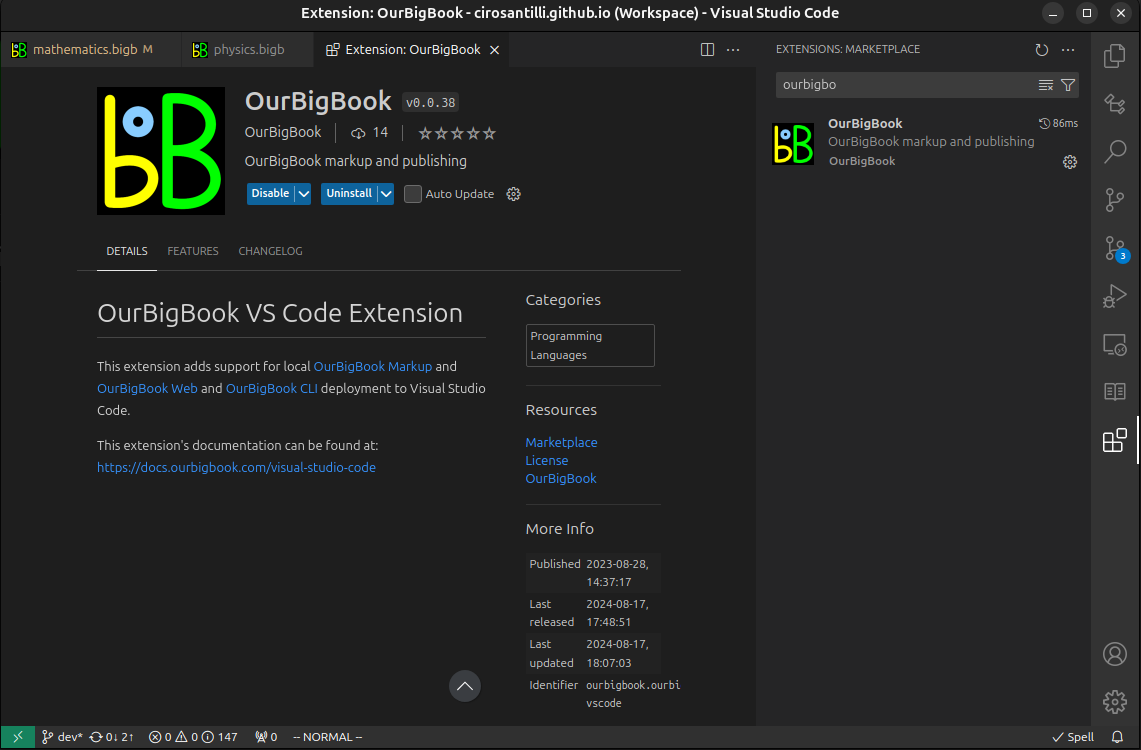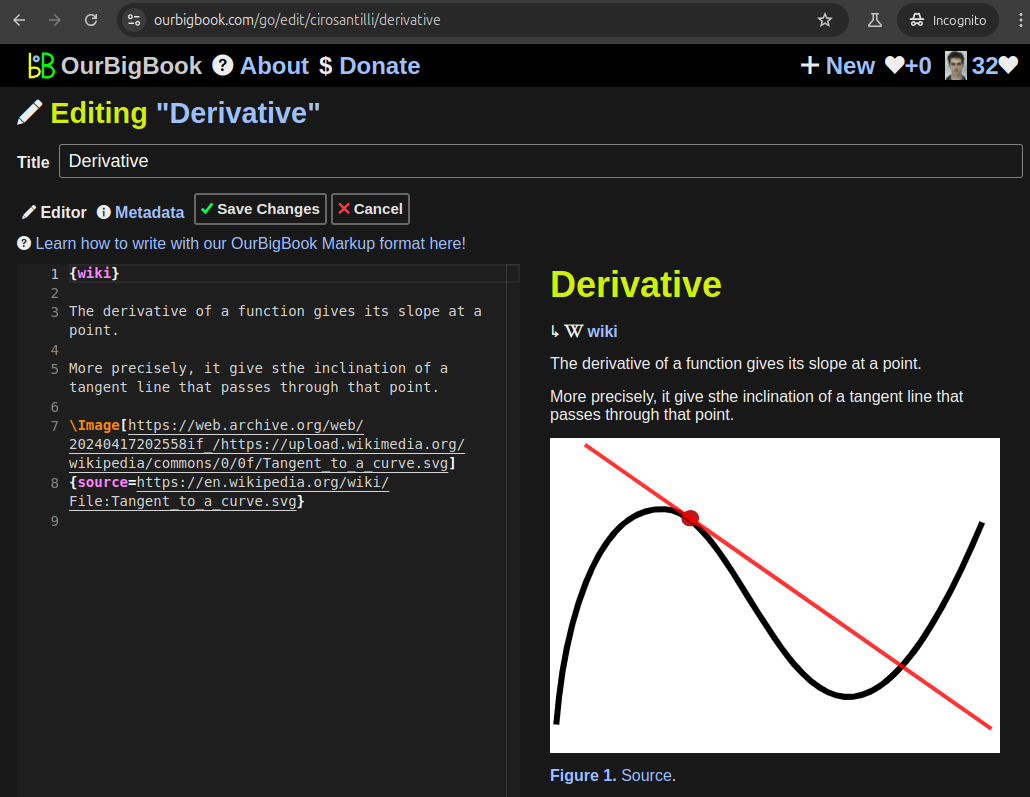The 71st meridian west is a line of longitude located 71 degrees west of the Prime Meridian, which runs through Greenwich, England. This meridian runs from the North Pole to the South Pole and crosses several countries and regions in North America. In the United States, the 71st meridian west primarily runs through parts of northeastern states, including New York and New Jersey. It also crosses through parts of Canada, particularly in the provinces of New Brunswick and Nova Scotia.
The 73rd meridian east is a line of longitude that is 73 degrees east of the Prime Meridian, which runs through Greenwich, England. This meridian runs from the North Pole to the South Pole, passing through several countries in Asia. Key features associated with the 73rd meridian east include: - **Countries**: It passes through parts of Russia, India, and Pakistan.
The 76th meridian east is a line of longitude located 76 degrees east of the Prime Meridian, which is defined to be at 0 degrees longitude. The meridian runs from the North Pole to the South Pole and passes through several countries. In the northern hemisphere, it goes through parts of Russia, Kazakhstan, Uzbekistan, and India. In the southern hemisphere, it crosses through parts of the Indian Ocean.
The 99th meridian west is a longitudinal line that is 99 degrees west of the Prime Meridian, which is the longitudinal reference line at 0 degrees. This meridian runs from the North Pole to the South Pole, crossing several U.S. states along the way. In the United States, the 99th meridian west passes through states including North Dakota, South Dakota, Nebraska, Kansas, Oklahoma, and Texas.
The 7th meridian west is a line of longitude that is located 7 degrees west of the Prime Meridian (0 degrees longitude), which runs through Greenwich, England. Longitude lines run from the North Pole to the South Pole and are used to specify locations in a geographic coordinate system.
The 80th meridian west is a line of longitude that is located 80 degrees west of the Prime Meridian, which is the reference line for longitude at 0 degrees. Meridians run from the North Pole to the South Pole and measure how far east or west a location is from the Prime Meridian. Specifically, the 80th meridian west passes through several regions in North America, including parts of Canada and the United States. In the U.S.
The 82nd meridian west is a longitudinal line that runs from the North Pole to the South Pole, located at 82 degrees west of the Prime Meridian. It passes through several states in the United States, including parts of New York, Pennsylvania, West Virginia, Ohio, Kentucky, Tennessee, and other regions in Central and South America. The meridian is significant for geographical references, mapping, and navigation.
The 87th meridian west is a line of longitude that is 87 degrees west of the Prime Meridian, which runs through Greenwich, England. Meridians are the vertical lines on a map that help measure the distance east or west of the Prime Meridian. The 87th meridian west runs from the North Pole to the South Pole, passing through parts of Canada and the United States. In the U.S., it crosses through states such as Illinois and Indiana.
The 88th meridian west is a longitudinal line located 88 degrees west of the prime meridian, which is defined as 0 degrees longitude. This meridian runs north-south and passes through several U.S. states and regions.
The Treaty of Tordesillas, signed on June 7, 1494, was an agreement between Portugal and Spain aimed at resolving disputes over newly discovered lands in the Americas and the exploration of the world. It was facilitated by the Pope, who sought to prevent conflict between the two major maritime powers of the era. The treaty established a meridian 370 leagues west of the Cape Verde Islands, officially dividing the newly discovered lands outside Europe between Spain and Portugal.
The **Journal of Geodynamics** is a scientific journal that focuses on research related to the dynamics of the Earth's interior and the processes involved in geophysical phenomena. This journal typically publishes original research articles, reviews, and technical notes that cover various aspects of geodynamics, including tectonics, seismology, mantle convection, plate tectonics, geophysical modeling, and related areas in earth sciences.
Plate theory, particularly in the context of volcanism, refers to the scientific understanding of how tectonic plates interact with one another and how those interactions influence volcanic activity. This theory is a fundamental component of the broader field of plate tectonics, which describes the movement of the Earth's lithosphere, the rigid outer layer of the Earth, broken into several large and small plates.
The number 2 is a numeral that represents a quantity or value. It is the natural number that follows 1 and precedes 3. In mathematics, it is classified as an even number, an integer, and a prime number, as it has exactly two distinct positive divisors: 1 and itself. The number 2 is widely used in various contexts, such as counting, measuring, and performing calculations. It also has significance in various fields, including science, philosophy, and culture.
Location-based services (LBS) are applications or services that utilize geographical information to provide features and functionalities to users based on their current location. These services leverage various technologies, such as GPS (Global Positioning System), cellular triangulation, Wi-Fi positioning, and Bluetooth, to determine the user's location and deliver personalized content or services accordingly.
Ancient Greek units of measurement were varied and could differ between city-states, but several standard units were commonly used across the Greek world. Here are some of the notable units of measurement in Ancient Greece: ### Length: 1. **Cubit (Pous)**: Roughly equivalent to the length of a forearm, about 18 inches (46 cm). 2. **Foot (Pous)**: Approximately 12 inches (30.5 cm).
The term "Aṅgula" has multiple meanings depending on the context: 1. **Anatomical Reference**: In traditional Indian medicine and anatomy, "aṅgula" refers to a finger or a digit. It is often used in texts related to Ayurveda and traditional medical practices to denote measurements related to fingers or the distance that can be measured using the fingers.
A "batman" is a historical unit of measure for weight that was used primarily in British India. It is defined as equal to 100 seers. The batman is approximately equal to 3.6 kilograms or about 8 pounds, though the exact weight can vary slightly based on regional definitions and practices. The term "batman" originally comes from the Persian word "batman," meaning "a specific quantity of measurement.
The term "Biblical mile" is not a standard measurement in biblical texts; instead, it likely refers to a concept related to the measurements found in the Bible. In ancient times, distances were often measured using units like cubits, fathoms, and stadia, rather than modern units like miles. However, a "Biblical mile" can sometimes be interpreted as an approximate distance based on the historical and geographical context of the Bible.
Pinned article: Introduction to the OurBigBook Project
Welcome to the OurBigBook Project! Our goal is to create the perfect publishing platform for STEM subjects, and get university-level students to write the best free STEM tutorials ever.
Everyone is welcome to create an account and play with the site: ourbigbook.com/go/register. We belive that students themselves can write amazing tutorials, but teachers are welcome too. You can write about anything you want, it doesn't have to be STEM or even educational. Silly test content is very welcome and you won't be penalized in any way. Just keep it legal!
Intro to OurBigBook
. Source. We have two killer features:
- topics: topics group articles by different users with the same title, e.g. here is the topic for the "Fundamental Theorem of Calculus" ourbigbook.com/go/topic/fundamental-theorem-of-calculusArticles of different users are sorted by upvote within each article page. This feature is a bit like:
- a Wikipedia where each user can have their own version of each article
- a Q&A website like Stack Overflow, where multiple people can give their views on a given topic, and the best ones are sorted by upvote. Except you don't need to wait for someone to ask first, and any topic goes, no matter how narrow or broad
This feature makes it possible for readers to find better explanations of any topic created by other writers. And it allows writers to create an explanation in a place that readers might actually find it.Figure 1. Screenshot of the "Derivative" topic page. View it live at: ourbigbook.com/go/topic/derivativeVideo 2. OurBigBook Web topics demo. Source. - local editing: you can store all your personal knowledge base content locally in a plaintext markup format that can be edited locally and published either:This way you can be sure that even if OurBigBook.com were to go down one day (which we have no plans to do as it is quite cheap to host!), your content will still be perfectly readable as a static site.
- to OurBigBook.com to get awesome multi-user features like topics and likes
- as HTML files to a static website, which you can host yourself for free on many external providers like GitHub Pages, and remain in full control
Figure 3. Visual Studio Code extension installation.Figure 4. Visual Studio Code extension tree navigation.Figure 5. Web editor. You can also edit articles on the Web editor without installing anything locally.Video 3. Edit locally and publish demo. Source. This shows editing OurBigBook Markup and publishing it using the Visual Studio Code extension.Video 4. OurBigBook Visual Studio Code extension editing and navigation demo. Source. - Infinitely deep tables of contents:
All our software is open source and hosted at: github.com/ourbigbook/ourbigbook
Further documentation can be found at: docs.ourbigbook.com
Feel free to reach our to us for any help or suggestions: docs.ourbigbook.com/#contact






